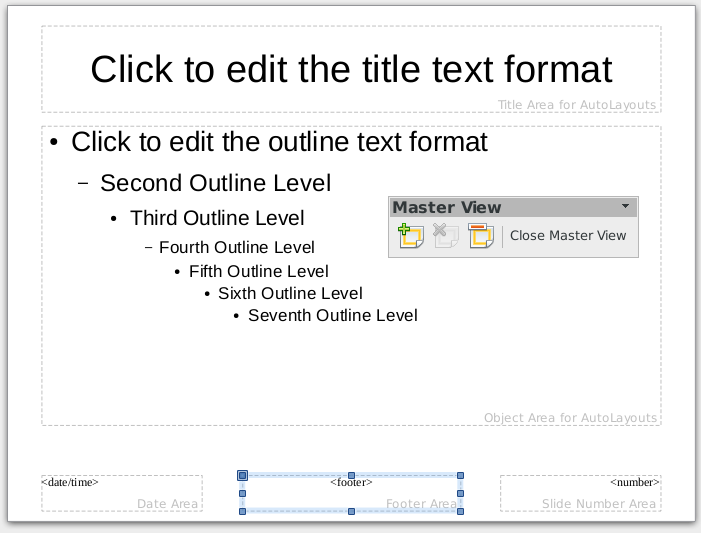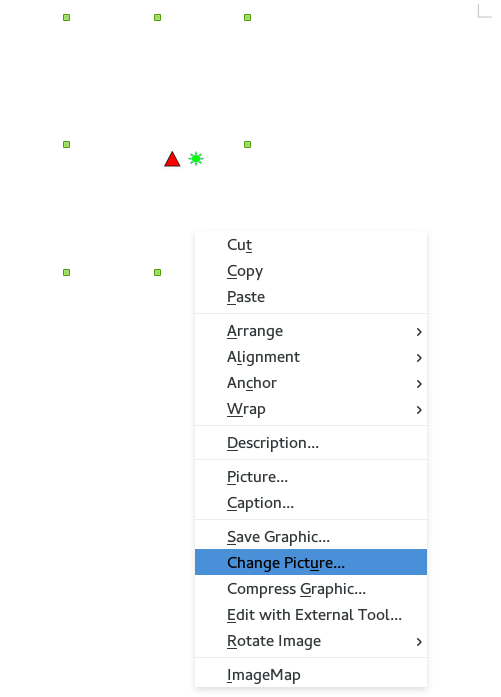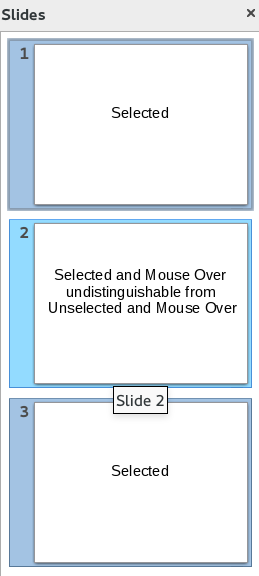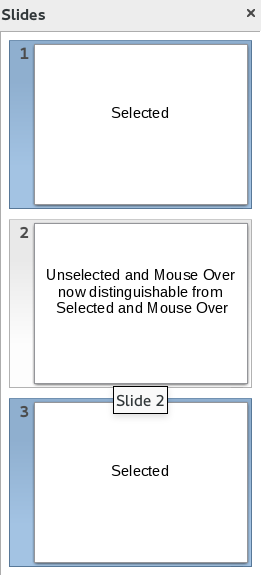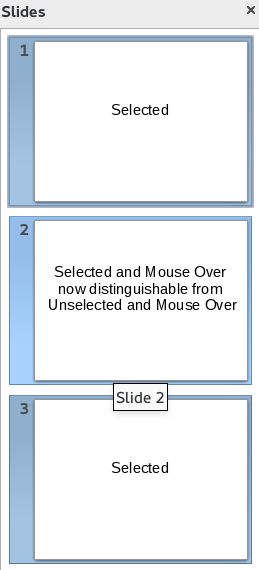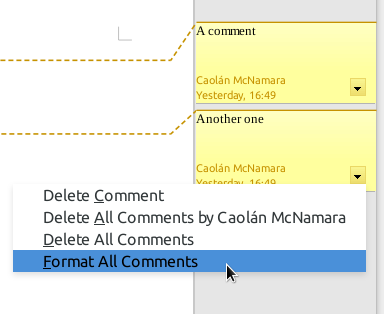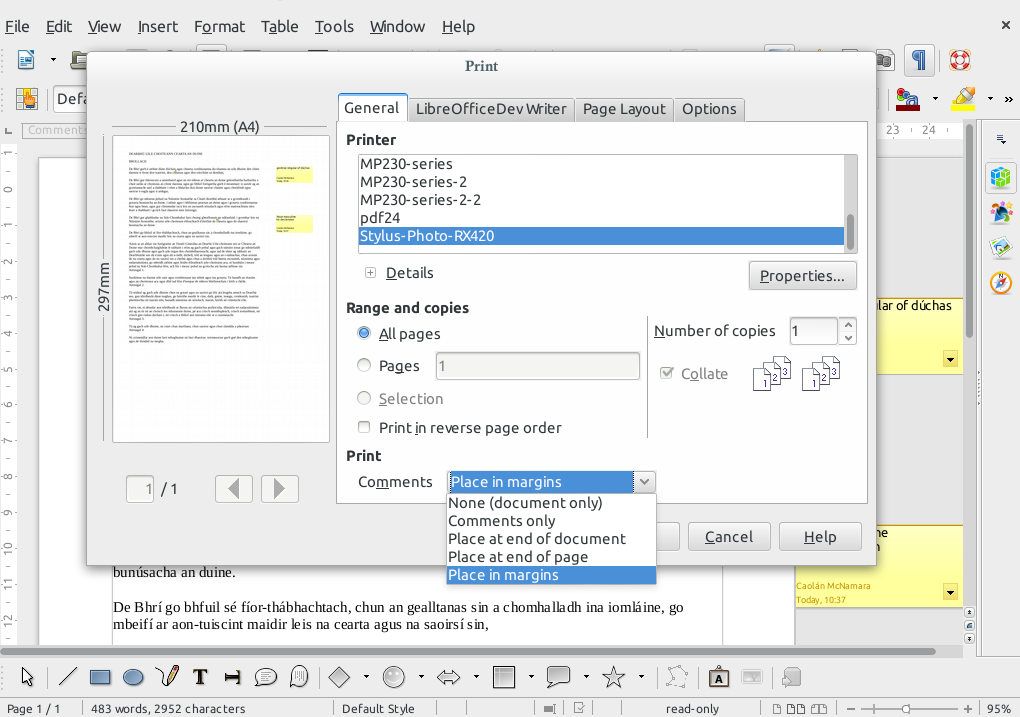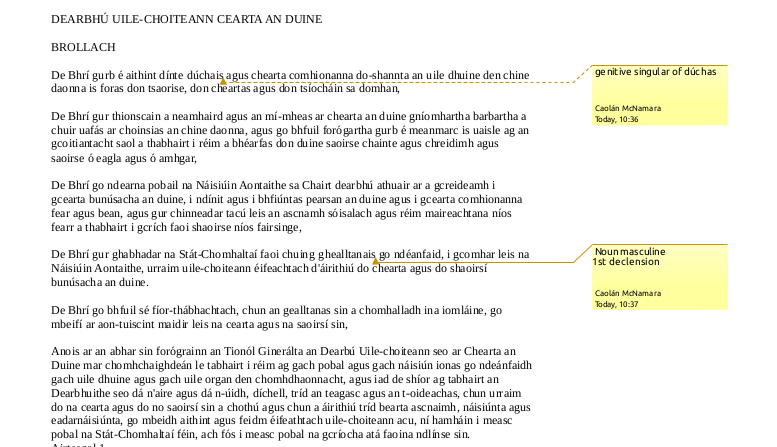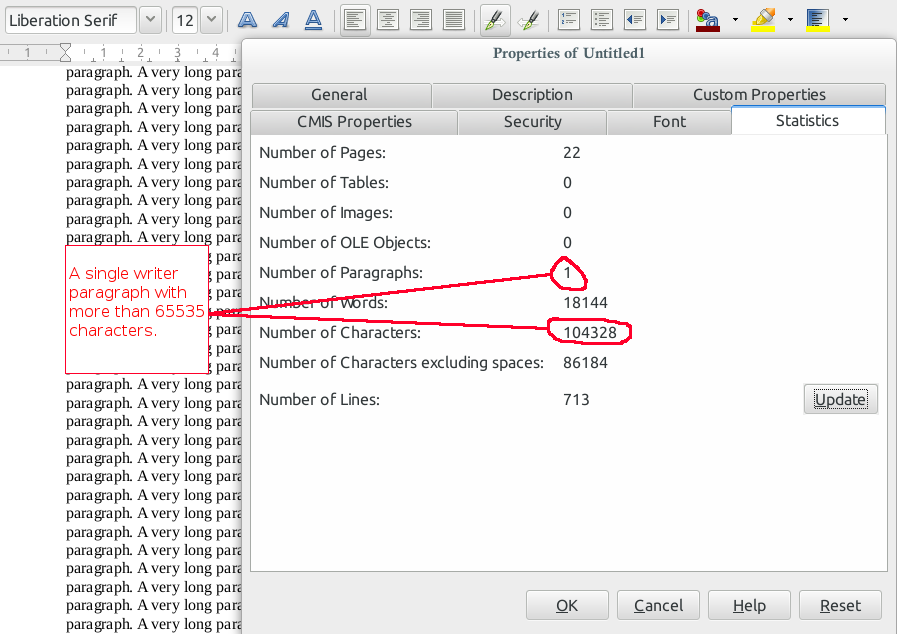Converting LibreOffice dialogs to .ui format, 4 left
I should go on vacation more often. On my return I find that Palenik Mihály and Szymon Kłos, two of our
GSOC2014 students, have now
converted all but 4 of LibreOffice’s classic fixed widget size and position
.src format elements to the
GtkBuilder .ui format.
Here's the list of the last
four. One (monster) whose conversion is in progress, one that should ideally be removed in favour of a duplicate dialog and two that have no known route to display them. Hacking the code temporarily to force those two to appear is probably no biggy.
Current conversion stats are:
820 .ui files currently exist
There are 3 unconverted dialogs
There are 1 unconverted tabpages
An estimated additional 4 .ui are required
We are 99% of the way through.
What's next, well *cough*, the above are all the dialogs and tabpages in the classic .src format. There are actually a host of ErrorBox, InfoBox and QueryBox that exist in the .src format as well.
These take just two pieces of information, a string to display and some bits that set what buttons to show, e.g. cancel, close, ok + cancel, etc. We want to remove them in favour of the Gtk-alike MessageDialog, but we don't want to actually convert them to .ui format, because they are so simple it makes more sense to just reduce them to strings like
this sample commit demonstrates. This might even be possible to at least somewhat automate.
I've now updated count-todo-dialogs to display the count of those *Box elements that exist in src file format, but I'll elide the count of them until the last 4 true dialogs+tabpages are gone.
